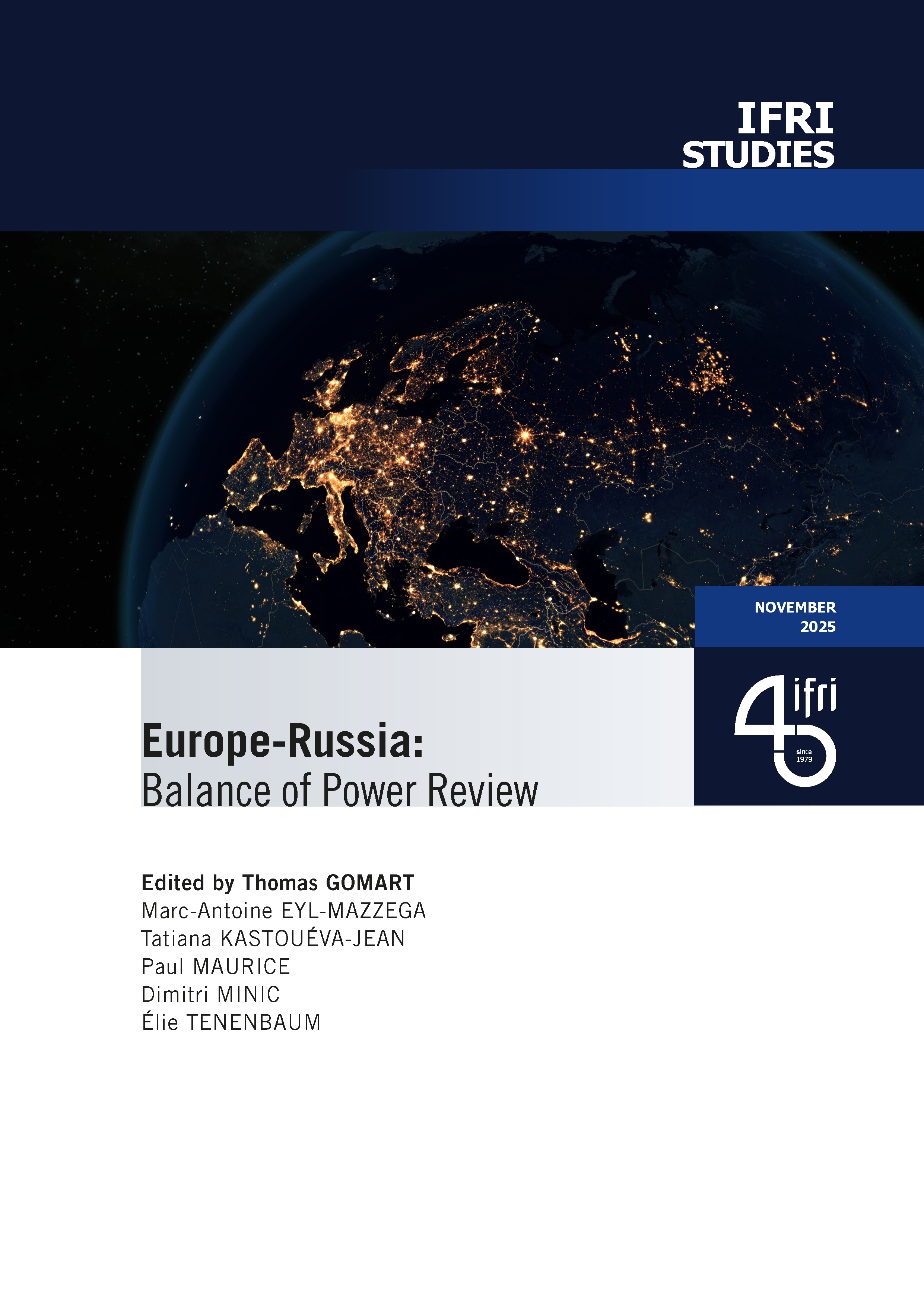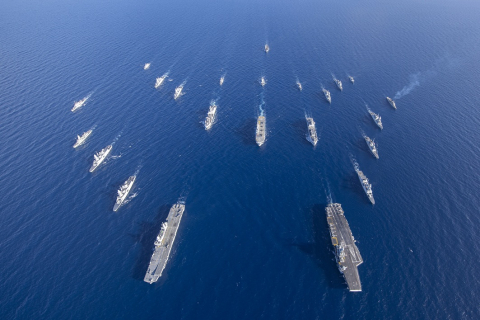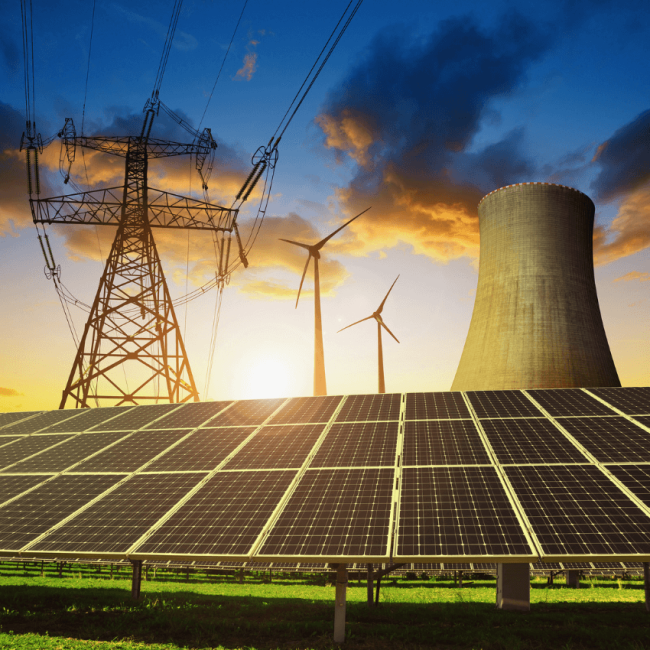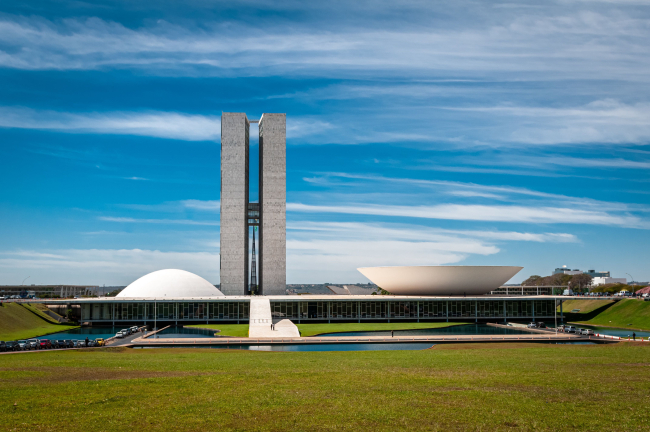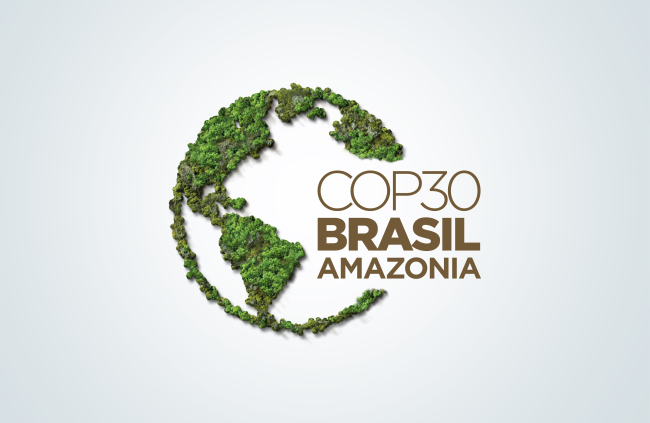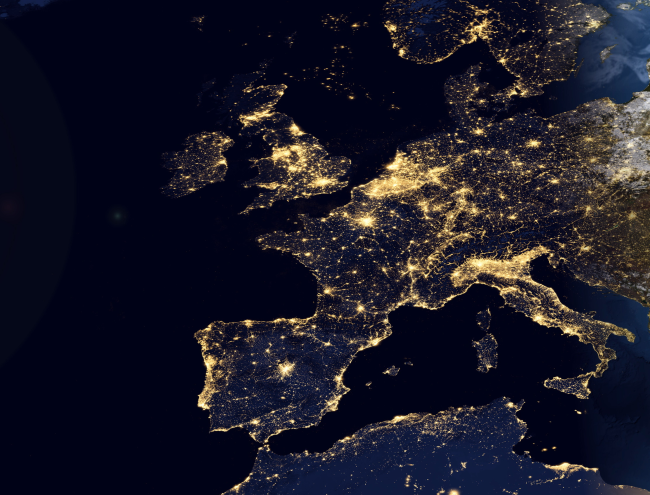Towards Gas-on-Gas Competition in Europe from Trends to Reality?

Last week Centrica announced having signed a three-year gas supply contract with Gazprom Marketing and Trading UK entirely priced against UK spot gas market (NBP). This move follows other announcements in the sector, such as EON long-term gas supply contracts renegotiation, which allowed it to almost double its net-profit forecasts for 2012, or BP intention to sell Shaz Deniz II gas with spot-indexed contracts. All major European suppliers have been able to renegotiate long-term oil-indexed contracts with Gazprom lately and, more generally, contracts are increasingly being based on some spot-indexed price formula. How could that happen and what does it mean?
First, the economic and market context is one of the causes of this shift. The prolonging of the European crisis has diminished gas demand forecasts sensibly and has produced big losses for suppliers with long-term take-or-pay contracts. Diminishing demand and low spot gas prices have been coupled with increase in oil prices, thus inducing big suppliers to ask for renegotiation.
Another explanation comes from the long-term ongoing gas market changes. Liberalization and unbundling in Europe have brought the creation of gas hubs. Either physical or virtual, these hubs have been increasing their liquidities and have become reliable for price signals. The abundant gas market has created a price gap between spot and long-term contract prices, thus stimulating the activity of traders on the spot market. TTF, Zeebrugge, NBP, Baumgarten and even the Italian PSV (Punto di scambio virtuale) have seen increasing traded volumes.
Third, spot prices and hubs do not mean the end of long-term contracts. Long-term contracts are still preferred by suppliers because they mean security of supply. However, spot and forward markets allow for hedging and adjusting physical portfolios. The Gas Target Model presented by the Council of European Energy Regulators (CEER) and the Agency for the Cooperation of Energy Regulators (ACER) acknowledges this double mechanism and promotes the creation of hub-to-hub trade. Moreover, hubs can give a reference index on which contracts can be based.
What is important is that gas-to-gas competition can exist only if actors consider hubs prices as real market prices. And the trend is pointing in this direction.
By indexing its contract with Centrica on spot prices, Gazprom has made an important little step in this direction. Little, since the contract volume is only 2,4 Billion cubic meter (Bcm). Important, since it recognizes, at least in the short term (3 years), the reality of a gas spot market price.
This might reflect, however, the other side of the coin: Gazprom is probably betting that spot prices will go up, as it is the case already in the United States. Very low gas prices in the US are profitable for part of the economy but have forced some companies to reduce gas output and to seek for more profitable markets such as Asia via LNG terminals. Moreover, hubs creation does not mean more competitiveness: incumbents are still the leading purchasers. What’s more, trading at the hubs could put a producer company in an advantageous position, since it would compete directly with European incumbents. Last but not least, gas exploration and production comes with the production of Natural Gas liquids (NGL) or gas condensates, whose prices are linked to those of oil. BP will be able to compensate Shaz Deniz II gas sells thanks to higher profits coming from NGL.
A lot of obstacles are still to be overcome before the creation of a European gas market as the North American, not least physical constraints and regulatory differences still existing in the 27 European countries. But the ship is pointing in the right direction, let’s hope it stays on course.

Available in:
Regions and themes
Share
Related centers and programs
Discover our other research centers and programsFind out more
Discover all our analysesBrazil One Year Away from the October 2026 General Elections
Brazil’s general elections will be held on October 4, 2026, to elect the president, vice-president, members of the National Congress, governors, deputy governors and state legislative assemblies. For the presidential and gubernatorial elections, a second round will be held on October 25 if no candidate obtains a majority of the votes in the first round.
COP30: An Inflection Point for Climate Action and Governance
The 30th Conference of the Parties (COP30), opening in Belém, Brazil, on November 10th 2025, convenes at a perilous moment.
The Strategic Dimension of Skills in the Clean Industrial Deal
In the competitiveness and energy transition battles, the European Union (EU) must master a determinant factor: skills.
The Energy Transition Faces Geopolitical Challenges. How Can Ideological Divides Be Overcome?
President Trump’s positions and policies, combined with record coal consumption and booming global electricity demand, geo-economic confrontation, and widespread concerns about energy security, are changing the game when it comes to understanding realistic decarbonization trajectories. The war in Europe is intensifying competition between defense and transition budgets. This is also the case elsewhere in the world.


